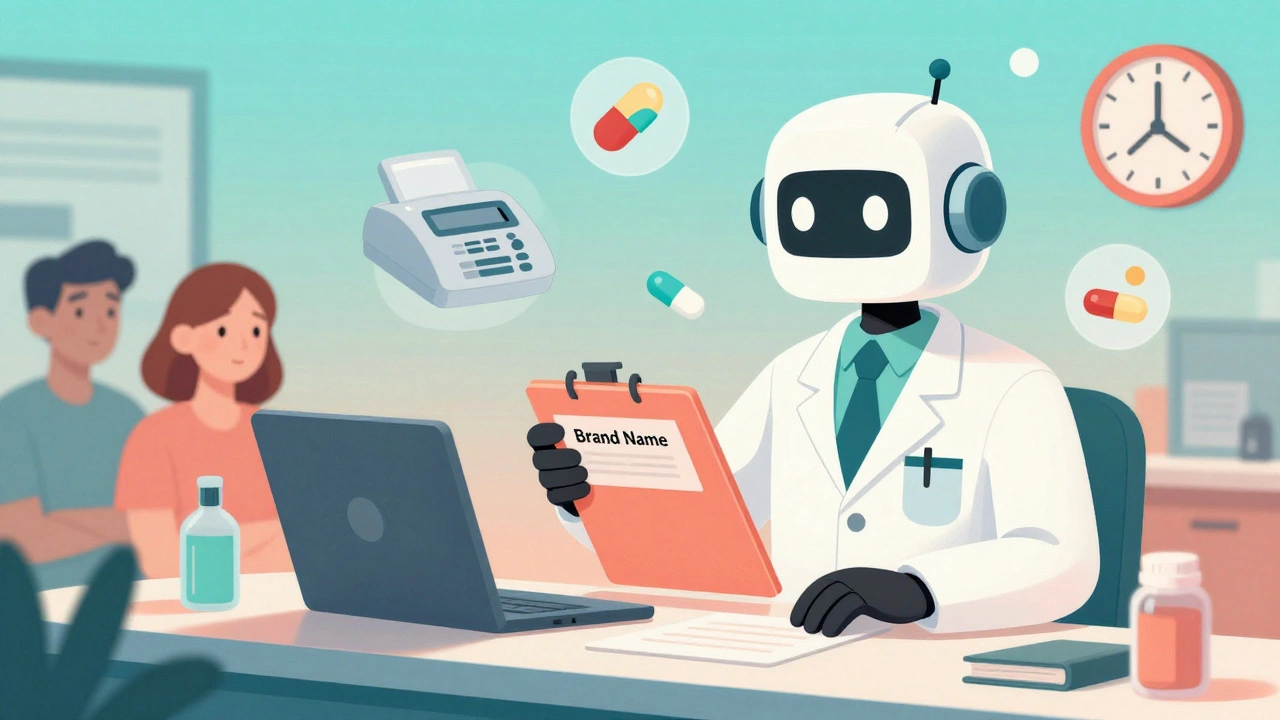Insurance prior authorization for generic alternatives is a common but complex barrier in pharmacy practice. Learn how step therapy works, why denials happen, and what pharmacists can do to speed up approvals and protect patient care.
Insurance coverage for medications: practical tips that actually work
Paying for medicine can feel like a maze. Knowing a few concrete moves—checking your plan’s formulary, asking for generics, and using manufacturer or charity help—can cut costs fast and avoid nasty surprises at the pharmacy.
Know the basics of your plan (so you don’t overpay)
Start by finding your drug formulary. That’s the list your insurer uses to decide what they pay for and how much you owe. Tier 1 drugs are usually cheapest; specialty or brand-name meds often sit in higher tiers with bigger copays. If your prescription isn’t on the formulary, expect higher out-of-pocket charges or a denial.
Check prior authorization rules before you fill a prescription. Many insurers require prior authorization for expensive drugs or new classes of meds. Ask your prescriber to submit the prior authorization paperwork right away—delays commonly cause you to pay full price or skip treatment.
Practical ways to lower your cost now
Ask your doctor for a generic or therapeutic alternative. Generics and older drugs that do the same job can be far cheaper and are covered more often. If your condition needs a specific brand, request a step therapy exception only after you’ve tried the insurer’s preferred options.
Use mail-order pharmacies for stable, long-term meds. Many plans offer 90-day supplies at lower copays through mail-order services. That reduces trips to the pharmacy and can lower per-dose cost.
Explore manufacturer coupons and copay cards for brand meds. Drug makers often offer short-term savings that reduce copays. Note: these usually won’t work for government programs like Medicaid or Medicare Part D.
If insurance denies coverage, appeal smart. First, get the denial in writing. Then ask your prescriber to write a detailed medical necessity letter highlighting why the drug is required. Use internal appeal channels, and if needed, request an external review—independent reviewers can overturn denials in many regions.
Look into patient assistance programs. Many pharmaceutical companies and nonprofit groups run programs that give free or low-cost medicine to people who qualify. Apply early; processing can take weeks but can save hundreds to thousands.
Finally, if you buy from online or international pharmacies, check whether your insurer will cover those purchases—most plans won’t. Use verified pharmacies and never skip prescriptions because of sticker shock; talk to your provider about temporary samples, dose-splitting strategies (when safe), or alternative treatment plans.
Small steps—checking the formulary, asking for a generic, pushing for prior authorization, and applying for assistance—add up. If you want, I can list specific questions to bring to your doctor or insurer to speed this up.
Navigating through the costs and insurance coverage for Hodgkin's Disease can be tricky. Insurance policies vary widely, and understanding the specifics of your plan is crucial when it comes to this serious illness. It's important to determine what treatments are covered, the extent of the coverage, and what out-of-pocket costs you may incur. Some may be surprised to find that certain procedures or medications aren't covered. Navigating these complexities is key to managing the financial aspects of this disease.


